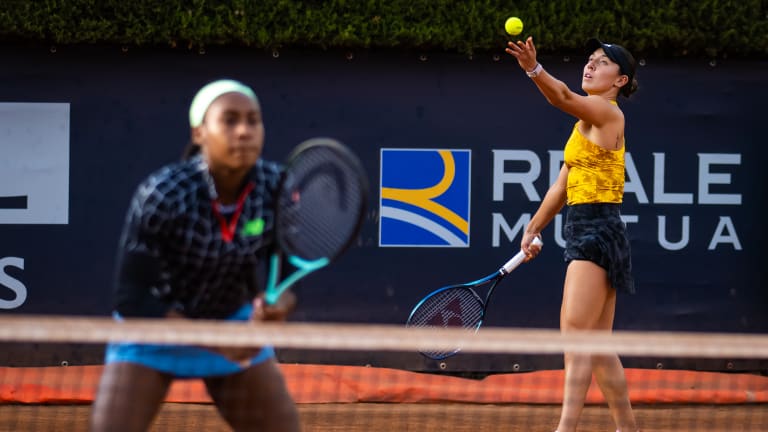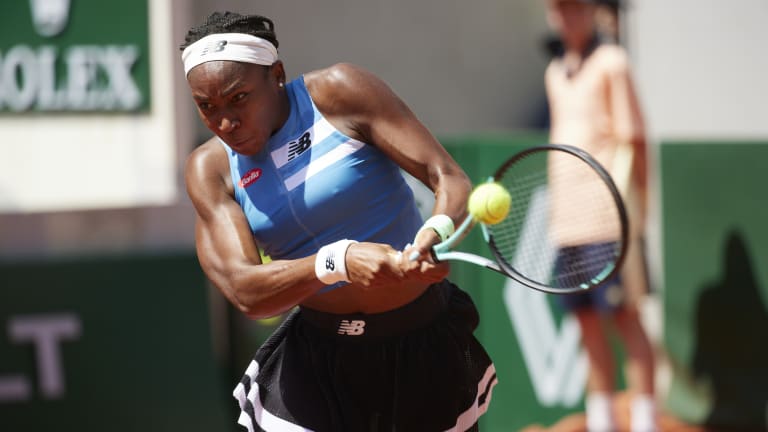Your Game
TECH Talk: Going loco for the Coco Gauff backhand
By Jun 07, 2023Your Game
Racquet Review: Yonex EZONE 100
By Apr 20, 2025Your Game
Geared Up: Andrey Rublev keeps letting it rip with Head and K-Swiss
By Apr 19, 2025Your Game
Tariffs are serving up challenges to the tennis equipment industry
By Apr 13, 2025Your Game
The Partner ball machine uses robotics to revolutionize tennis training
By Apr 12, 2025Your Game
Racquet Review: Wilson Clash 100 Pro v3
By Apr 06, 2025Your Game
Shoe Review: Adidas Ubersonic 5
By Apr 05, 2025Your Game
Doubles Partners: Asics and A.P.C. team up for one-of-a-kind tennis collection
By Mar 30, 2025Your Game
Babolat and Lamborghini collaborate on new padel racquet collection
By Mar 29, 2025Your Game
Madison Keys: how racquet change led to first Grand Slam title
By Mar 28, 2025Your Game
TECH Talk: Going loco for the Coco Gauff backhand
The 19-year-old American has soared as high as world No. 4 in the WTA rankings, thanks in part to one of her most consistent shots: the backhand.
Published Jun 07, 2023
Advertising

Please don't hit me, please don't hit me...
© 2023 Robert Prange
Advertising
Advertising

Closed racquet face and swinging up on the ball. That's what I call a double whammy.
© Getty Images